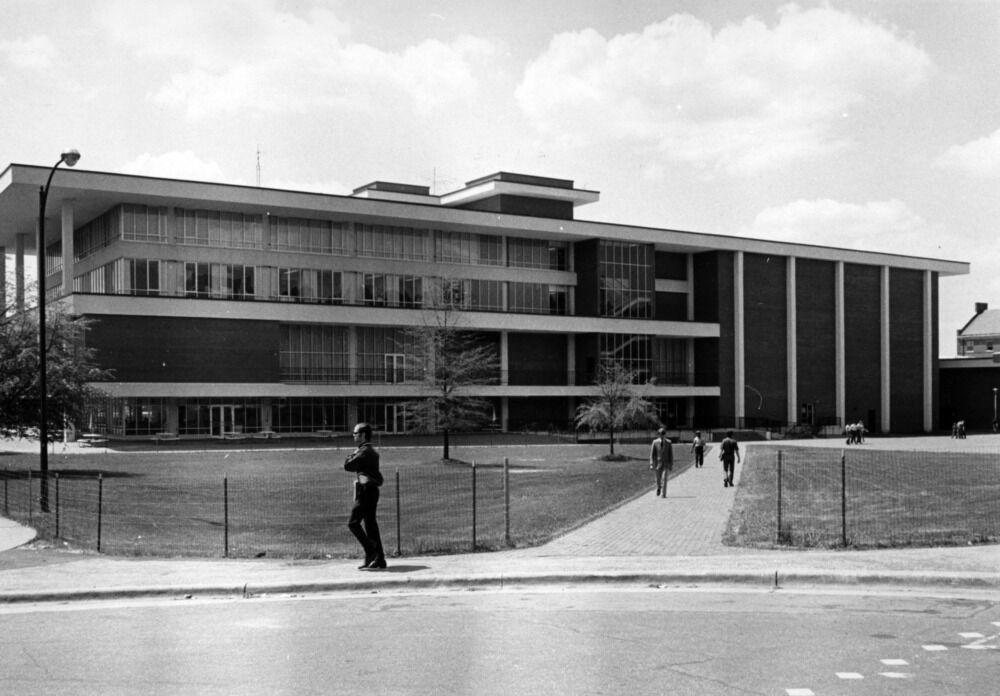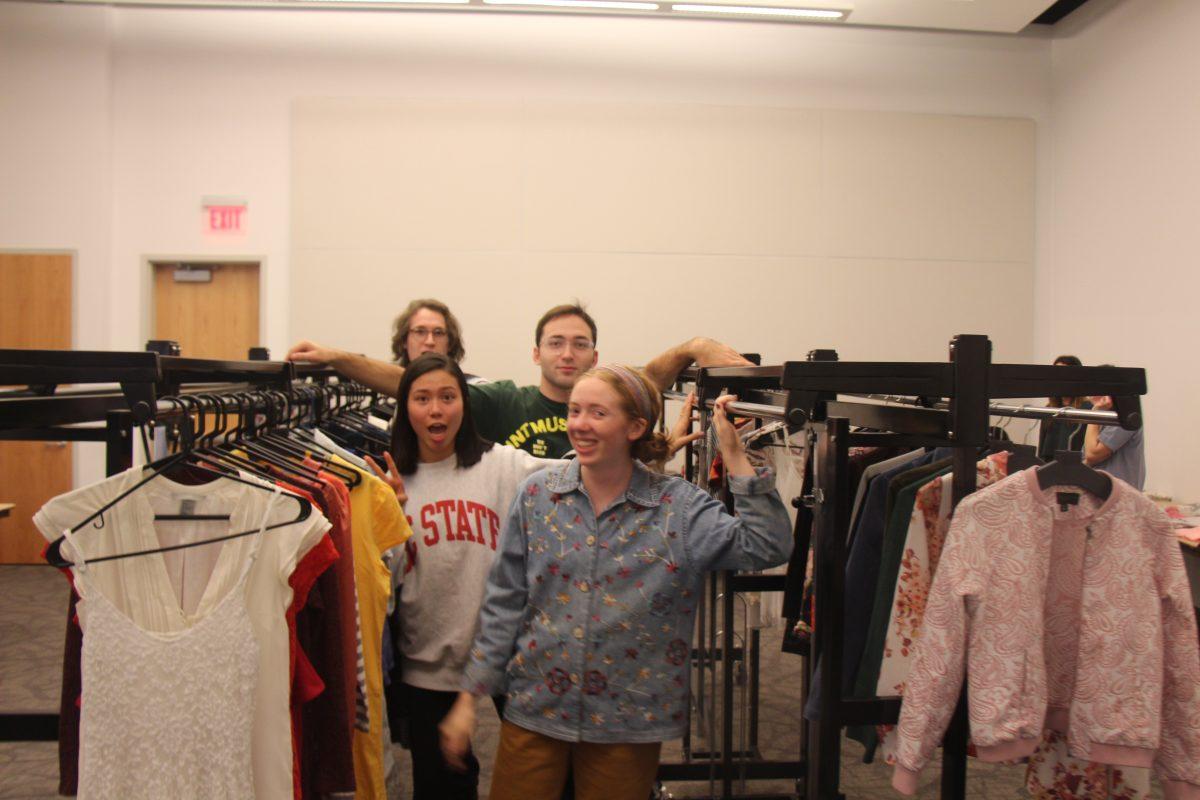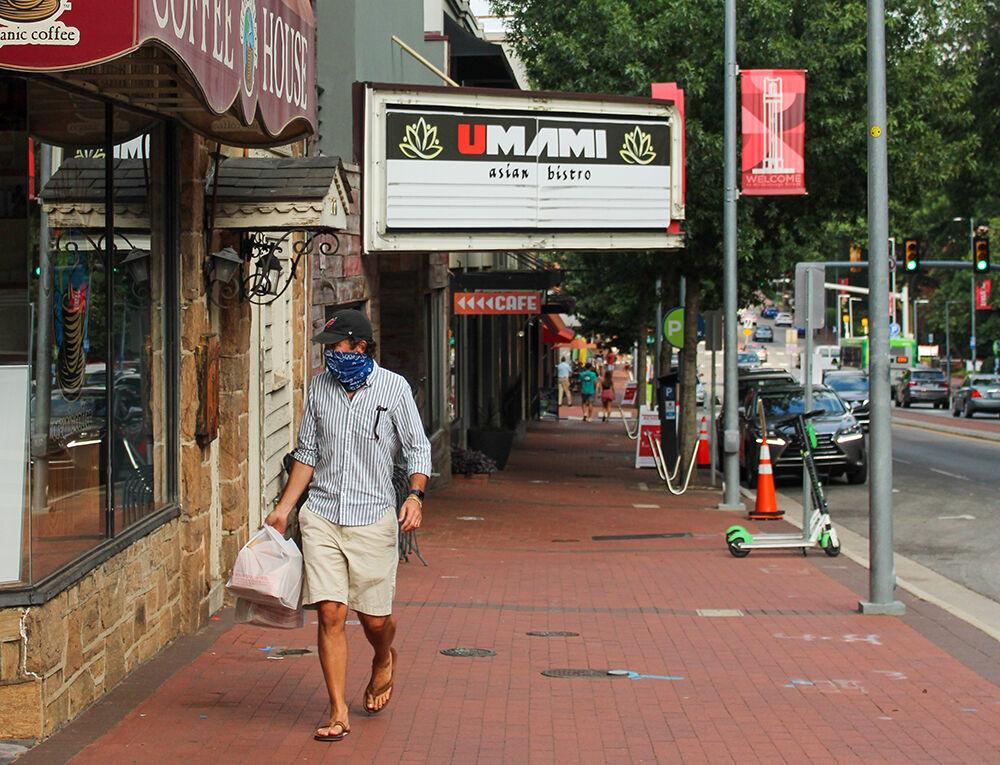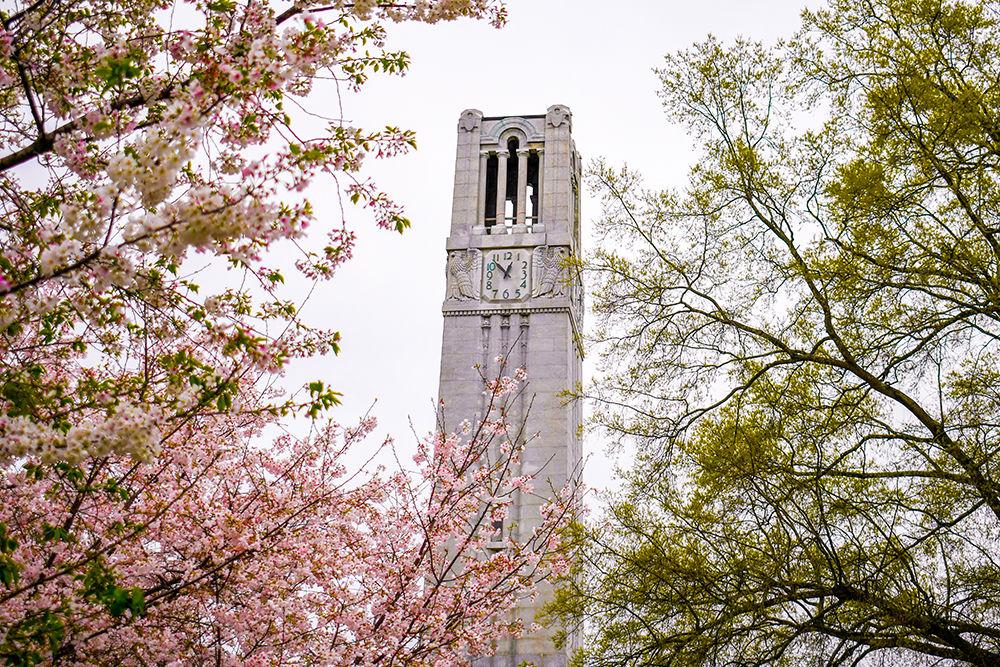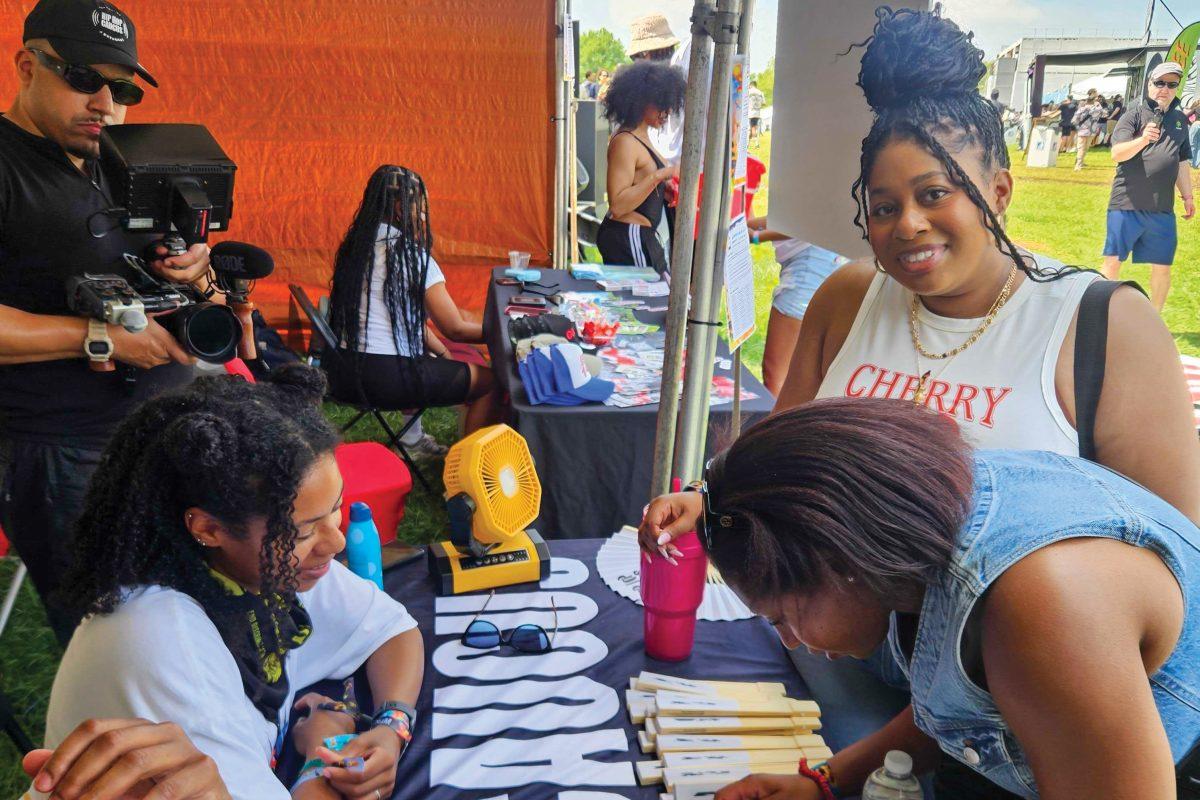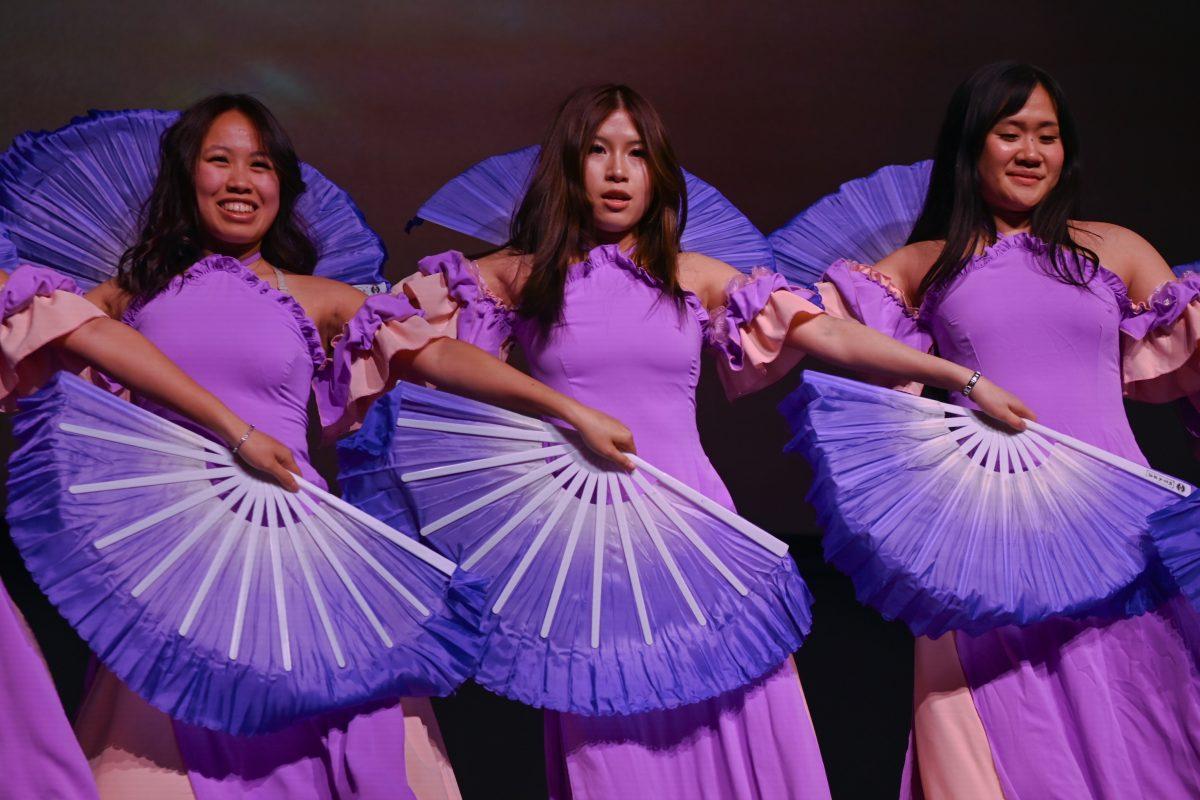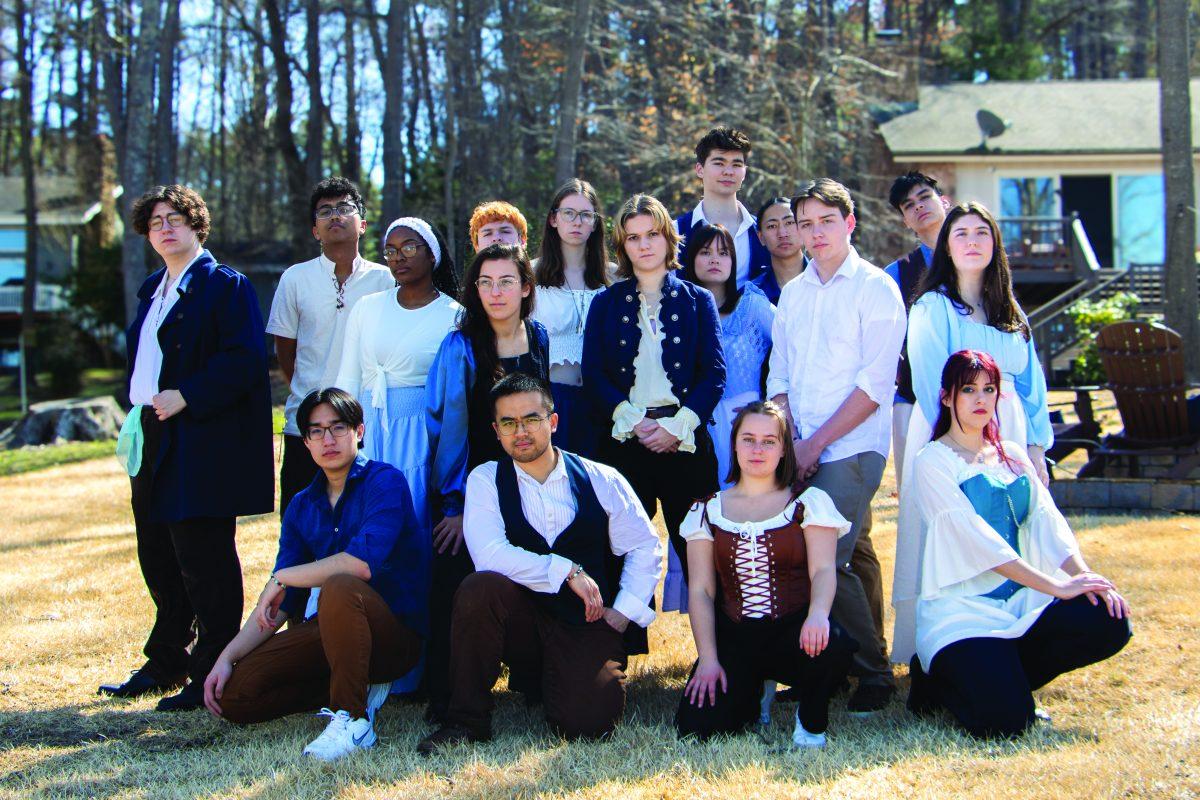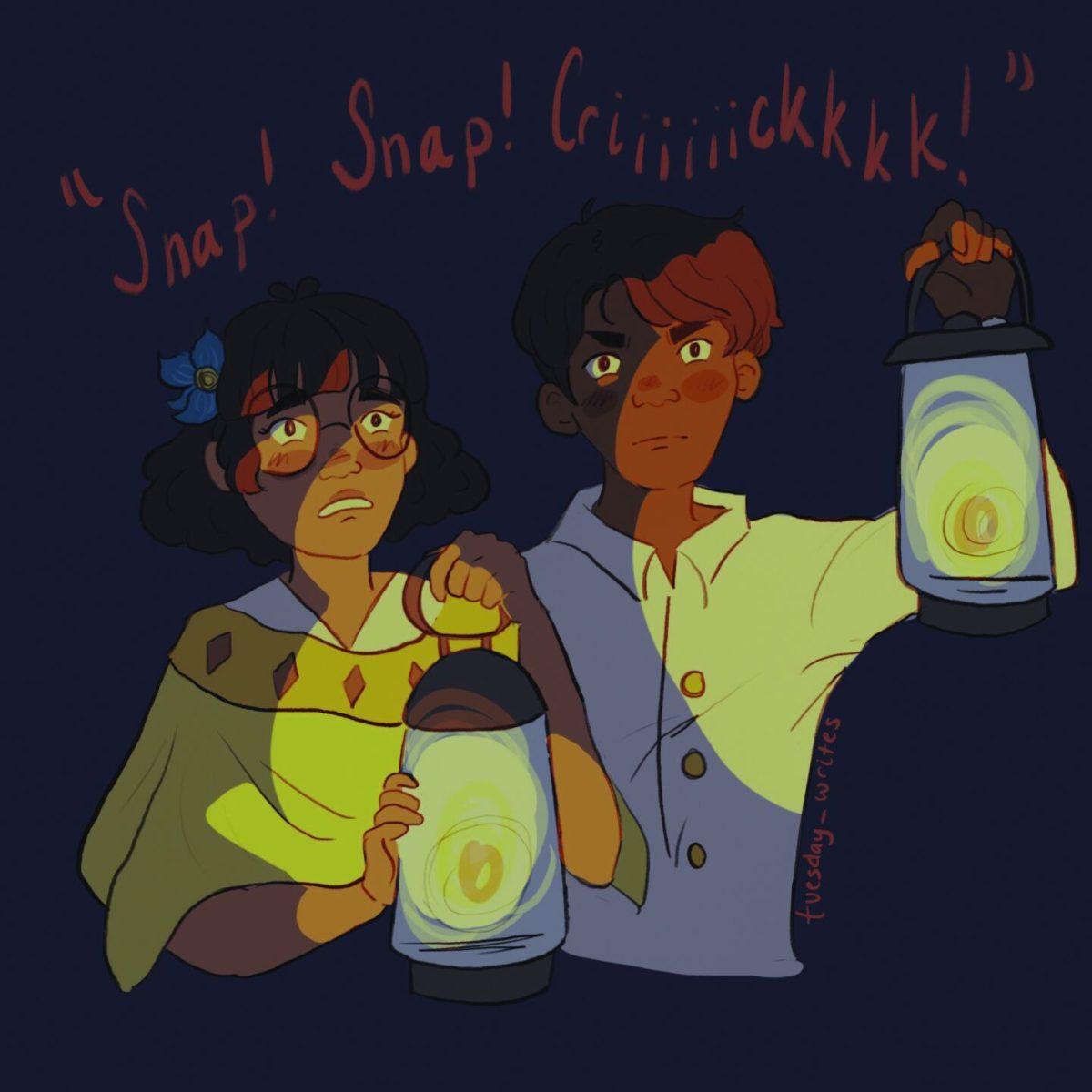Talley Student Union is one of the most recognizable buildings on campus. Oftentimes, students visiting campus for the first time congregate at Talley. However, the building the campus has come to love hasn’t always been the central hub it is today.
Prior to Talley Student Union, the student center was much smaller and less equipped for student activities, according to Tim Hogan, director of NC State Student Centers who has been with NC State for roughly the last 10 years.
“Old Talley was much smaller,” Hogan said. “Our current Talley Student Union is about 283,000 square feet, and the old Talley Student Center was 160,000 square feet.”
The new renovations were introduced to the student body in three phases. The first included a dining section, like Los Lobos Mexican Grill and Tuffy’s Diner, which first opened in October 2013. Following that, in February 2014, the section that contains the ballroom and the area near One Earth World Cuisine opened. Finally, in May 2015, the middle section of Talley Student Union was opened again, uniting the two additional sections, Hogan said.
“The main part of the building, in the middle, that’s the old Talley,” Hogan said. “We added all the other parts to the north and renovated the original parts.”
But Talley was not NC State’s first student union. Prior to Talley Student Union and Talley Student Center, the Erdahl-Cloyd wing of D.H. Hill Jr. Library, which is now the Atrium, was the first student union on campus, according to Lisa Johnson, director of the university architect’s office.
“The east wing of the original D.H. Hill site was built in 1951,” Johnson said. “Erdahl-Cloyd was built in 1952 to be the student center; remember, back in the ‘40s and ‘50s, most of the buildings were located on North Campus.”
The Erdahl-Cloyd Student Center was named after Gen. Orlando Theodore Erdahl, who was the first college union director, and Edward Cloyd, who was an administrator in student affairs. According to Johnson, the student center was successful until activity began to shift to both North and South campuses.
“I think you want your student center to be central to campus; you want students to be able to engage with the space,” Johnson said. “When it was at Erdahl-Cloyd, it became on the edge of campus, so I can see why they moved it to Central Campus.”
Thus, the Talley Student Center, or “Old Talley,” began construction in 1972 to replace the Erdahl-Cloyd Student Center, which was eventually incorporated into D.H. Hill Jr. Library via the addition of the bookstacks, Johnson said. While Talley Student Center was moved to better serve students by relocating, students often navigated around it, according to Tim Hogan.
“Imagine a few years ago if you came into Talley on a Tuesday,” Hogan said. “We would have about 20,000 people walk through the building, and if you were in the building Tuesday afternoon at 3 p.m., there would be people everywhere. Old Talley did not have that same quality. It was much more of a transactional location, where you went to eat or for a meeting or to visit someone’s office. There were not places where people just hung out on a regular basis to build community.”
For many years, Talley Student Center was responsible for facilitating the majority of student organizations. According to Jennifer Gilmore, director of marketing and communications for Campus Enterprises and Technician alum, Student Media was housed in Talley before the construction of Witherspoon Student Center in 1990.
“There was Technician, WKNC and there was the yearbook Agromeck,” Gilmore said. “Everybody was right there together in a group of suites on the third floor [of] Talley. Then Technician and all of Student Media moved to Witherspoon when it opened in 1990.”
Both Hogan and Johnson said they agree the pitfalls of Talley Student Center helped shape the new student center’s design to better serve the campus community.
“Talley was very much like the old D.H. Hill: You walked in, it was hard to wayfind, it was dark, there were no central stairs in the building,” Johnson said. “So that was one of the things with Talley, we wanted students to engage in it and use the building.”
While Talley has been open and renovation-free since May 2015, Johnson said the initial plan for the building included the ability to receive a bridge that would connect the north side of campus to the fourth floor of the building.
“At some point, if the train tracks are expanded to the north, which there has been talk of, we will lose the Coliseum Tunnel, and that’s when it’s going to be really important to have the bridge,” Johnson said. “It went through schematic design. It’s expensive, like $6 million, so we are not sure, but that’s why you do long-range planning.”


